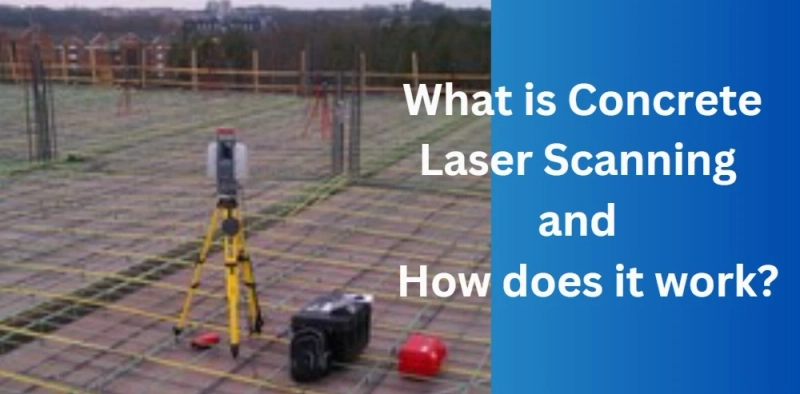Introduction to Concrete Laser Scanning
Concrete scanning, also known as concrete imaging or concrete radar, is a non-destructive testing technique used to locate and identify embedded objects within a concrete structure.
It can be used to identify rebar, post-tension cables, conduits, and other objects that may be embedded within a concrete slab or wall.
The technology uses electromagnetic waves to create an image of the subsurface of the concrete structure, which allows for a precise location of embedded objects.
At a time when recent reports say the construction industry isn’t changing fast enough, DPR Construction has received a CETI Award from Fiatech for their innovative method of measuring the flatness of concrete floors. The award recognizes DPR's partnership with Rithm and Faro in developing a faster and more efficient solution using advanced software and 3D imaging technology. This achievement highlights DPR's commitment to driving innovation and efficiency in the construction industry.
Principles of Concrete Laser Scanning
Concrete laser scanning operates on the principles of ground penetrating radar (GPR) and laser scanning technology. GPR emits electromagnetic waves into the concrete structure and detects reflections from interfaces between different materials, providing information about internal components. Laser scanning uses laser beams to capture millions of points on the concrete surface, creating a three-dimensional point cloud that accurately represents the structure.
Workflow of Concrete Laser Scanning:
Concrete laser scanning involves several key steps.
It begins with planning and preparation, including defining objectives, selecting equipment, and ensuring safety measures. Equipment setup entails configuring and calibrating the scanning devices.
The scanning process involves systematically moving the equipment across the concrete surface, capturing data through GPR and laser scanning. Data collection and interpretation include organizing and analyzing the collected data to identify features and anomalies within the concrete structure.
Benefits of Concrete Laser Scanning:
Concrete laser scanning offers numerous benefits.
It provides accurate and detailed information about the internal components and condition of concrete structures.This aids in proactive maintenance planning, reducing the risk of unexpected failures and associated costs.It enhances safety by identifying potential hazards and ensures compliance with industry standards.Concrete laser scanning also improves project efficiency by minimizing the need for destructive testing and reducing project timelines.Limitations and Challenges:
While concrete laser scanning offers valuable insights, it has limitations and challenges.
Factors like the complexity of concrete compositions, limitations of scanning equipment, and environmental conditions can impact accuracy.Interpretation of data requires expertise to differentiate between various features accurately. Technology is not suitable for all types of concrete structures and may be limited by access restrictions.Conclusion:
Concrete laser scanning is a powerful non-destructive testing method that provides valuable insights into the condition and integrity of concrete structures. By utilizing ground penetrating radar and laser scanning technology, it offers detailed information about internal components and aids in proactive maintenance planning. While it has limitations and challenges, following best practices ensures accurate and reliable results, leading to enhanced safety, improved project efficiency, and extended lifespan of concrete structures.


